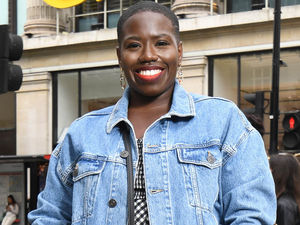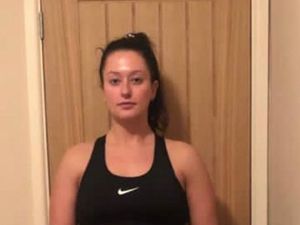Suncream special: Catching some rays
If you like to get a healthy summer glow, protecting your skin is essential. Kirsten Rawlins finds out all you need to know about sun cream. . .

With the hot weather now upon us and the summer well and truly under way, we take a look at the little-known facts you should consider before buying and applying sun cream and venturing out to enjoy the rays.
And it’s such an important topic to consider, given that Cancer Research claims almost nine out of 10 cases of melanoma in the UK – the most serious type of skin cancer – could be avoided through ‘enjoying the sun safely’ and staying away from sunbeds.
What are the different types of rays and how can they lead to skin cancer?
There are two types of UV rays which can cause damage to the skin:
l UBV is responsible for the majority of sunburns and has strong links to malignant melanoma.
l UVA contributes far less towards sunburn, but affects the elastin in the skin and leads to wrinkles and sun-induced skin ageing. UVA can penetrate window glass and travels more deeply into the skin than UVB.
Sunburn is a sign the DNA in the skin cells has been damaged by too much sun exposure. And the result doesn’t have to be raw, peeling or blistering skin – just pink or red skin, caused by the sun is sunburn. For those with darker skin, it may just feel irritated, tender or itchy.
According to Cancer Research, getting sunburn just once every two years can triple the risk of melanoma skin cancer. The British Association of Dermatologists says more than 100,000 new cases of skin cancer are diagnosed annually in the UK – and that in more than four out of five cases skin cancer is a preventable disease.
How can you avoid skin damage?
Cancer Research advises that if you notice your skin becoming pink or red, you should get out of the sun and cover up to help prevent further damage.
‘Putting on more sunscreen won’t help and won’t let you safely stay out in the sun for longer,’ says the organisation.
‘After-sun lotion can help sunburnt skin feel better, but it can’t repair any DNA damage.’
How should you choose your sun lotion?
Sun seekers are advised by Cancer Research to use a sunscreen with a protection level of at least SPF15 and four stars. It should be applied generously and re-added regularly.
The charity does, however, say that sunscreen will not completely protect skin from the sun and, as such, recommends also covering up with either clothing or shade.
SPF – or Sun Protection Factor – provides protection from UVB rays, while the star rating protects from UVA.
The stars range from 0 to 5 and indicate the percentage of UVA radiation absorbed by the sunscreen in comparison to UVB.
“Be aware that if you choose a low SPF it may still have a high level of stars, not because it is providing lots of UVA protection, but because the ratio between the UVA and UVB protection is about the same,” says the British Association of Dermatologists.
“That’s why it’s important to choose a high SPF as well as a high UVA protection. Sunscreens that offer both UVA and UVB protection are sometimes called ‘broad spectrum’.
“A sunscreen with an SPF of 30 and a UVA rating of four or five stars is generally considered as a good standard of sun protection in addition to shade and clothing.”
UVA protection can also be indicated by the letters ‘UVA’ in a circle which shows that the lotion meets the EU standard.
But Cancer Research also stresses that no sun lotion will give the protection it claims unless it is applied properly.
How should sun cream be used? (As advised by Cancer Research)
Make sure you put on enough sunscreen – people often apply much less than they need to. When your risk of burning is high, ensure that all exposed skin is thoroughly covered in sunscreen. As a guide for an adult this means: Around two teaspoonfuls of sunscreen for the head, arms and neck. Around two-and-a-half tablespoonfuls should be used to cover the entire body, for example while wearing a swimming costume.
Reapply sunscreen regularly – even when using ‘once a day’ and ‘water resistant’ products. Some products are designed to stay on better than others, but beware of sunscreen rubbing, sweating or washing off. It’s especially important to reapply after towel drying. And reapplying helps avoid missing bits of skin.
Use sunscreen together with shade and clothing to avoiding getting caught out.
Don’t be tempted to spend longer in the sun than you would without sun lotion.
Don’t store sun cream in very hot places, as extreme heat can ruin their protective chemicals.
Don’t forget to check the expiry date on your sunscreen. Most sunscreens have a shelf life of two to three years, shown on the label by a symbol of a pot with the letter M and a number – this is the number of months the sunscreen will last once it has been opened.





